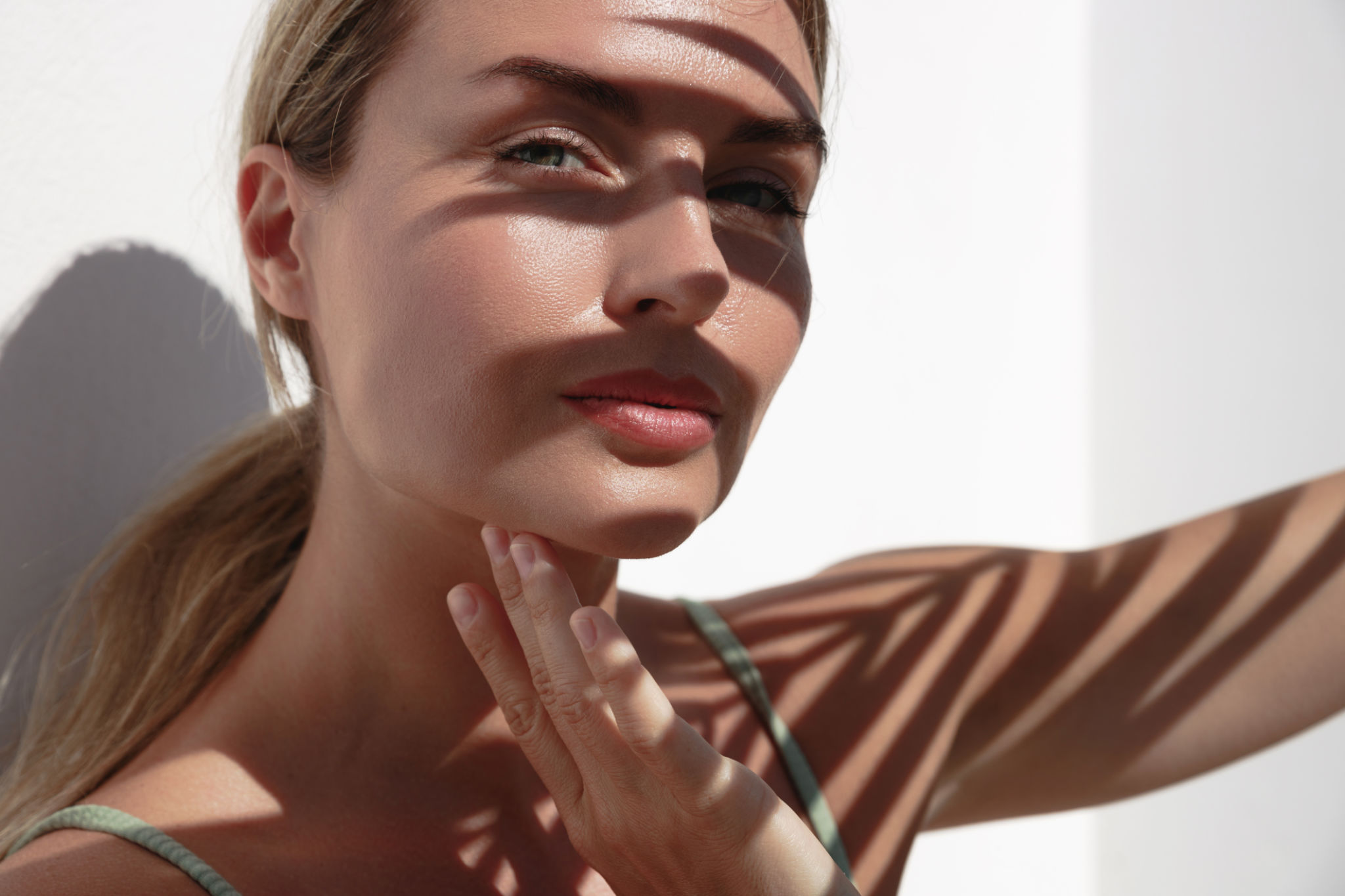Understanding Lighting in Photography: Insights from Scarborough's Best
Exploring the Basics of Lighting in Photography
Understanding lighting is fundamental to mastering photography. Whether you are capturing the serene landscapes of Scarborough or the vibrant hustle of its bustling streets, light plays a crucial role in shaping your images. In photography, light is much more than just a means to illuminate subjects; it is a powerful tool that can dramatically alter the mood, tone, and overall impact of a photograph.

The quality, direction, and color of light can transform an ordinary photo into an extraordinary one. By learning how to manipulate light, you can enhance textures, define shapes, and create a sense of depth. As you delve into the world of photography, it's important to grasp these foundational aspects to elevate your craft.
Types of Lighting and Their Effects
There are several types of lighting that photographers typically work with: natural lighting, ambient lighting, and artificial lighting. Each has its unique properties and applications.
Natural Lighting
Natural lighting, often referred to as available light, is derived from the sun. Its intensity and color can change dramatically throughout the day. The golden hour, which occurs shortly after sunrise and before sunset, is highly coveted by photographers for its soft, warm tones. This time of day provides excellent lighting conditions for portraits and landscapes alike.

Ambient and Artificial Lighting
Ambient lighting encompasses the existing light in a scene, such as lamps or streetlights at night. It helps set the mood and often requires the use of long exposures. Artificial lighting, on the other hand, includes studio lights and flashes. These allow photographers to control and shape light precisely, providing consistency regardless of the time or weather conditions.
Mastering Light Direction
The direction from which light hits your subject significantly influences the final image. Here are three common types of light direction:
- Front Lighting: Illuminates the subject directly from the front, reducing shadows and creating a flat appearance.
- Side Lighting: Casts shadows across the subject, adding depth and texture.
- Back Lighting: Positions the light source behind the subject, creating silhouettes and highlighting outlines.

Experimenting with these different directions can help you achieve various effects, from dramatic to subtle, enhancing your photographic storytelling.
Scarborough's Unique Lighting Opportunities
Scarborough offers unique opportunities for photographers to experiment with lighting. The coastal town's mix of urban landscapes and natural beauty provides diverse settings for capturing stunning visuals. The interplay of sunlight on Scarborough's beaches during different times of the day offers endless possibilities for creative expression.

Whether you are photographing the historic Scarborough Castle or the lively South Bay, understanding how to work with the available light will greatly enhance your images. Adjusting your shooting angle or waiting for the perfect moment can result in breathtaking shots that capture the essence of Scarborough.
Practical Tips for Photographers
To further refine your skills in utilizing light effectively, consider these practical tips:
- Observe the light: Spend time understanding how light interacts with your surroundings before taking photos.
- Use reflectors: These can help bounce light into shadowy areas, balancing exposure.
- Experiment with settings: Adjusting your camera's aperture, shutter speed, and ISO can help you control how light is captured.
By integrating these techniques into your practice, you will be able to harness the power of light to create compelling images that resonate with viewers.